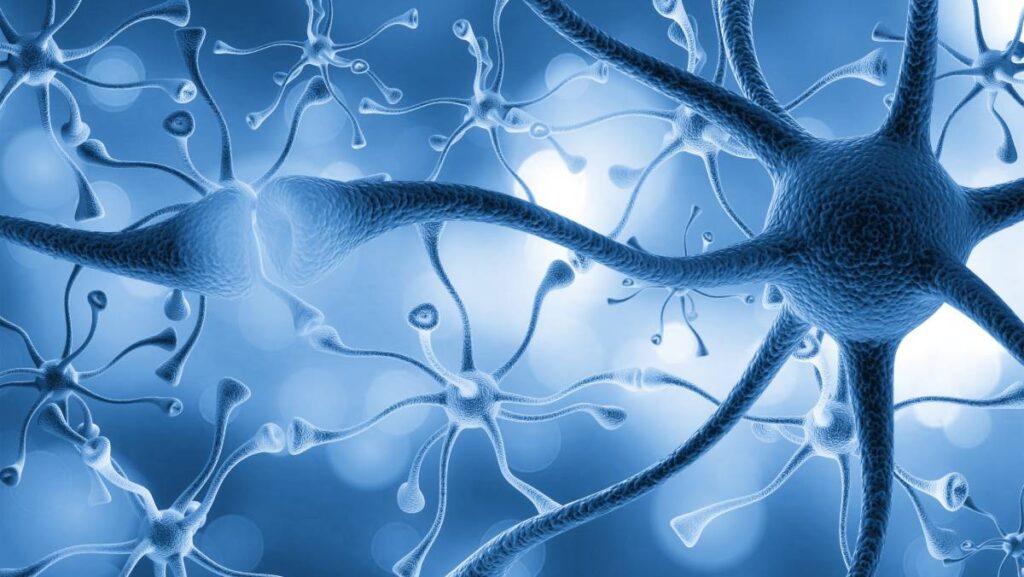General anesthesia induces a state of unconsciousness, amnesia, and immobility via the suspension of neural activity, including physiological processes mediated by the spinal cord. Research on the mechanisms of anesthesia has been extensively conducted at both micro- and macro- levels. On the microscopic scale, it has been found that anesthetic agents work primarily on GABAA receptors, the brain’s main inhibitory receptor. However, NMDA receptors, which are pivotal in mediating excitatory neurotransmission, are also heavily affected, although they are mostly inhibited by inhalational anesthetics. [1] On a larger scale, neuroimaging technologies have greatly enhanced clinical studies on anesthetic mechanisms in humans, since they provide visual power without impinging on ethical restrictions. Neuroimaging data also enhance neural connectivity analysis, an approach to studying the brain that is currently being applied to better understand the mechanisms of anesthesia.
In 1965, the minimum alveolar concentration (MAC) was proposed as an indicator for the effectiveness of an inhalational anesthetic. This value reflects the alveolar concentration of anesthetic gas necessary to prevent a bodily reaction to skin incisions. This measure was frequently used up until the 21st century, when reliance on the MAC value diminished, due to research confirming the measure is merely an assessment at the somatic level and an index of spinal nerve reflexes, rather than a measure of true unconsciousness. [2] Unconsciousness is a more complicated process than would perhaps be expected, and researchers have sought to understand how anesthesia works from multiple angles, such as neural connectivity analysis.
From neuroimaging studies, different theories have been proposed to explain the mechanisms of anesthesia, including abnormal cortical and/or thalamic connections, disruptions in sleep/wake cycles, and cortical fragmentation. [3] Notably, the cortex has been suggested to be the primary site of anesthetic action, since molecular tracing studies demonstrate anesthetic agents appear first in the cortex, prior to reaching subcortical regions. [4]
Connectivity analyses are at the core of building reliable brain networks. There have been three definitive categories of brain connectivity: structural connectivity, the physical connections between brain regions; functional connectivity, the temporal dependency between activity in spatially distant neural areas; and effective connectivity, the direct/indirect causal influences of one brain region on another. [2]
Functional magnetic resonance imaging (fMRI) is an imaging modality that measures blood oxygenation in the brain, which serves as an operational definition for neural activity. The technique’s high spatial resolution gives fMRI an advantage in accurately studying spatial patterns in the brain. A clinical study from 2006 found cortical networks involved in language and vocabulary were inhibited under anesthesia. Although lower-level cortical responses in the Heschl gyrus persisted under anesthesia, higher-level cortical responses in the N1 auditory cortex were extinguished. [5] As similar findings were established with the visual cortex, it is generally accepted that anesthesia acts preferentially on higher-order connections. This is consistent with the hypothesis that anesthesia results in unconsciousness via an impairment in the conduction of polysynaptic pathways. [5,6]
Electroencephalography (EEG) is another popular neuroimaging technique that measures the electrical activity represented by the postsynaptic potentials of pyramidal brain neurons. Anesthesia studies using EEG and spectral-based functional neural connectivity analyses associated weaker alpha-band connectivity with a higher sensitivity to anesthetic effects such as behavioral impairment and loss of consciousness. Alpha networks are neural bands of connectivity activated when brain regions communicate and synchronize during tasks such as attention, memory, and sensory processing. In a group of individuals who were more sensitive to anesthesia, alpha-band networks exhibited a fronto-centro-occipital pattern of connectivity at baseline but showed a strong shift towards a frontally centered module after moderate propofol sedation. [7] By contrast, the group with less sensitivity to anesthesia maintained relatively stable patterns of fronto-centro-occipital connectivity in their alpha networks.
Anesthesia and the mechanisms behind its effects (loss of consciousness, amnesia, analgesia, etc.) has long been a core component of neuroscience research. Connectivity analyses through fMRI and EEG can provide a wealth of information, in addition to providing some of the first quantitative insights into the complex neural mechanisms of anesthesia. Incorporating network analysis with more convenient brain monitoring technologies, such as portable EEG systems, can result in more efficient anesthesia monitoring in the clinical sphere.
References
1. Petrenko, Andrey B., et al. “Defining the Role of NMDA Receptors in Anesthesia: Are We There Yet?” European Journal of Pharmacology, vol. 723, Jan. 2014, pp. 29–37. ScienceDirect, https://doi.org/10.1016/j.ejphar.2013.11.039
2. Liu, Jun, et al. “Progress of Brain Network Studies on Anesthesia and Consciousness: Framework and Clinical Applications.” Engineering, vol. 20, Jan. 2023, pp. 77–95. ScienceDirect, https://doi.org/10.1016/j.eng.2021.11.013
3. Franks, Nicholas P. “General Anaesthesia: From Molecular Targets to Neuronal Pathways of Sleep and Arousal.” Nature Reviews Neuroscience, vol. 9, no. 5, May 2008, pp. 370–86. www.nature.com, https://doi.org/10.1038/nrn2372
4. Velly, Lionel J., et al. “Differential Dynamic of Action on Cortical and Subcortical Structures of Anesthetic Agents During Induction of Anesthesia.” Anesthesiology, vol. 107, no. 2, Aug. 2007, pp. 202–12. DOI.org (Crossref), https://doi.org/10.1097/01.anes.0000270734.99298.b4
5. Plourde, Gilles, et al. “Cortical Processing of Complex Auditory Stimuli During Alterations of Consciousness with the General Anesthetic Propofol.” Anesthesiology, vol. 104, no. 3, Mar. 2006, pp. 448–57. DOI.org (Crossref), https://doi.org/10.1097/00000542-200603000-00011
6. Liu, Xiaolin, et al. “Differential Effects of Deep Sedation with Propofol on the Specific and Nonspecific Thalamocortical Systems.” Anesthesiology, vol. 118, no. 1, Jan. 2013, pp. 59–69. DOI.org (Crossref), https://doi.org/10.1097/ALN.0b013e318277a801
7. Chennu, Srivas, et al. “Brain Connectivity Dissociates Responsiveness from Drug Exposure During Propofol-Induced Transitions of Consciousness.” PLOS Computational Biology, vol. 12, no. 1, Jan. 2016, p. e1004669. PLoS Journals, https://doi.org/10.1371/journal.pcbi.1004669
